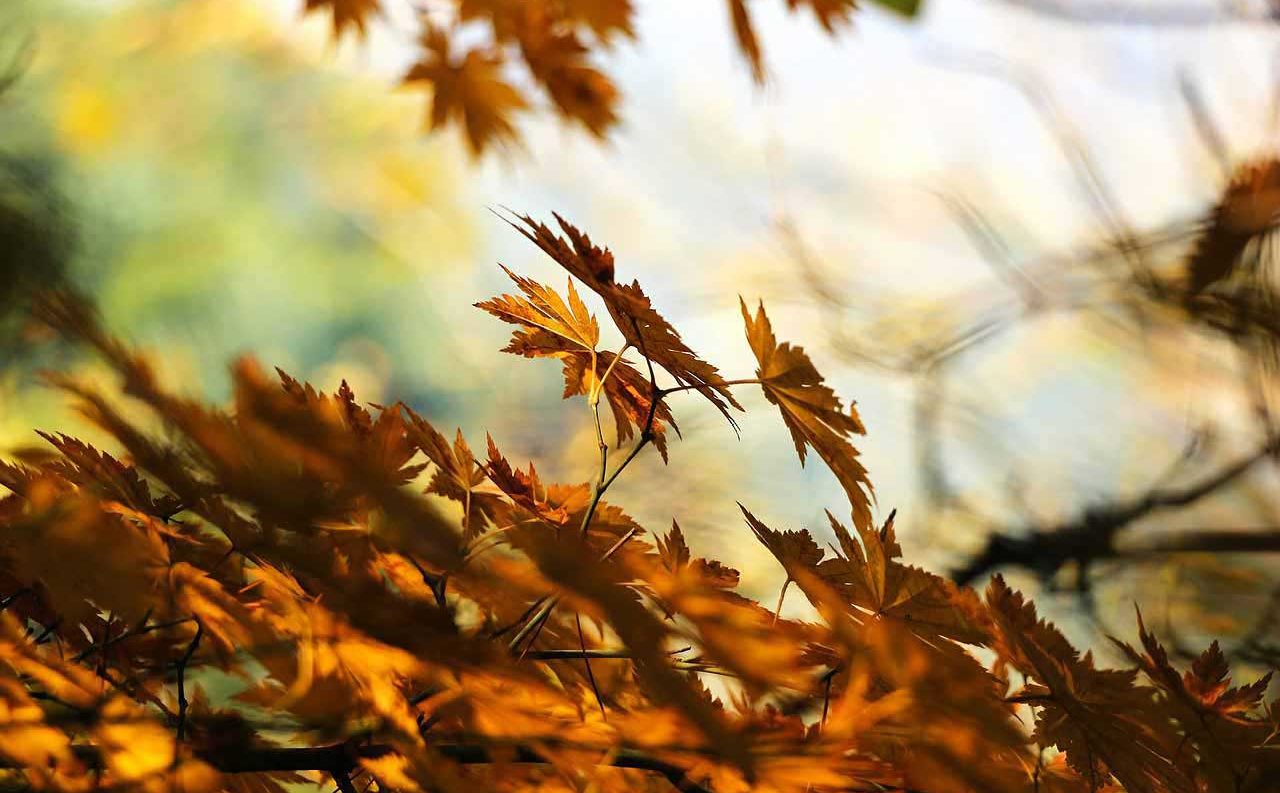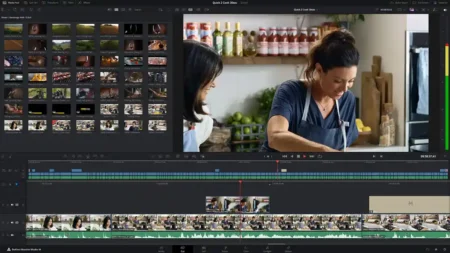As summer draws to a close, the bright sun and rich, vibrant colours of the season go back into hibernation for another year, but this certainly doesn’t mean you should put your camera back on the shelf. Autumn photography offers some splendid opportunities to capture a range of stunning colours and textures.
In this autumn photography tutorial we’ll explain everything you need to know to compose great seasonal images.
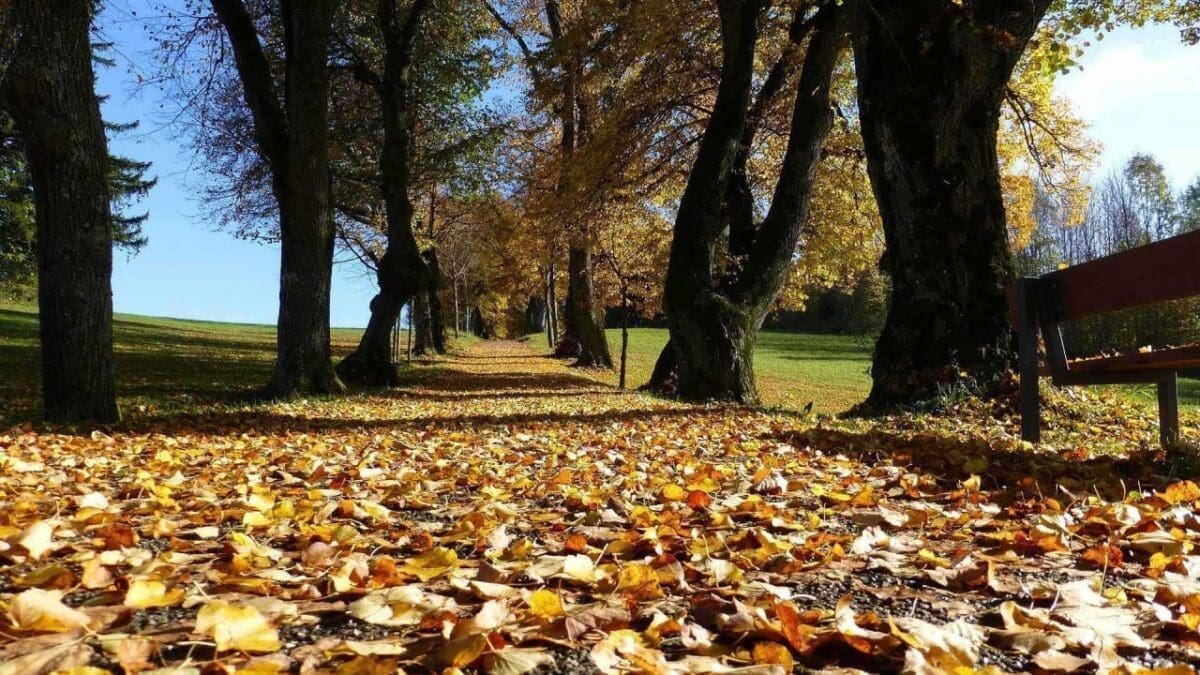
Autumn photography: 01 Try a low angle
A tried and tested technique like getting down low is a wonderful effect in any season, but it can really bring your autumn photography to life when put to good use.
Laying down in a leaf-covered forest floor, for instance, really emphasises the patterns and shapes and vastness of that classic autumn scene in a way many people might not have seen before.

Autumn photography: 02 Get in close
And while you’re on the ground getting closer to nature, apply that ethos to all of your compositions. Try and get as physically close as possible to your subjects so that they fill your frame.
Classic autumnal subjects like holly buses or dew-covered cobwebs really come alive when they fill your entire frame.
If you can’t get physically close, then use your gear! Even a standard zoom lens will enable you to get close and fill your frame with throngs of red berries. You might even be able to capture their rich colours reflected in dew drops!

Autumn photography: 03 Compress perspective
Using longer focal lengths like we suggested above will also give the effect of a compressed perspective in your autumn photography.
This is called foreshortening, and what your camera and lens are doing is capturing what’s in your foreground and the colour in your background and smashing it together in one image.
It’s a particularly effective technique when shooting still life photography or portraits, as it makes your subject really stand out against the background.

Autumn photography: 04 Autumn still life
Autumn is perhaps the best time of year to shoot still life photography. You’ll find it naturally occurring just about everywhere you look, from those berries and cobwebs we mentioned, to the first frost-covered flowers and plants.
For more control, try gathering a range of colourful items like conkers and golden leaves and build an arrangement at home? Here you’ll be able to take control of the lighting, position your subjects for a more pleasing composition, even use a piece of coloured card for a nice contrasting background.
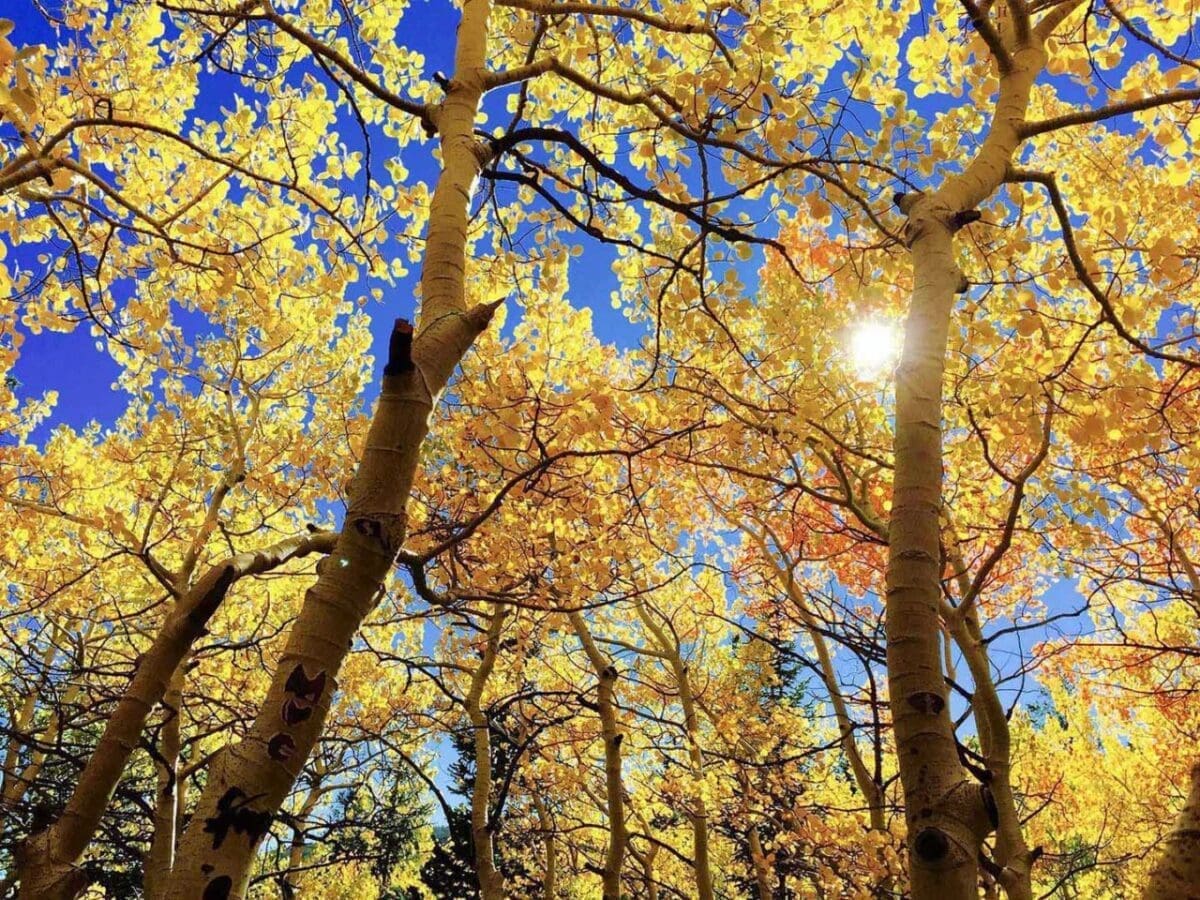
Autumn photography: 05 Clear blue skies
Often in autumn we get a few last spells of good weather. Clear, bright blue skies make a wonderful backdrop for the amber-red canopies of autumnal trees. You can compose this juxtaposition in many different ways, and the colours will pop in every one.
Try playing around with your white balance settings, too. Sometimes setting the ‘wrong’ white balance for a scene can give a very pleasing tone to an image and enhance that autumnal feel.
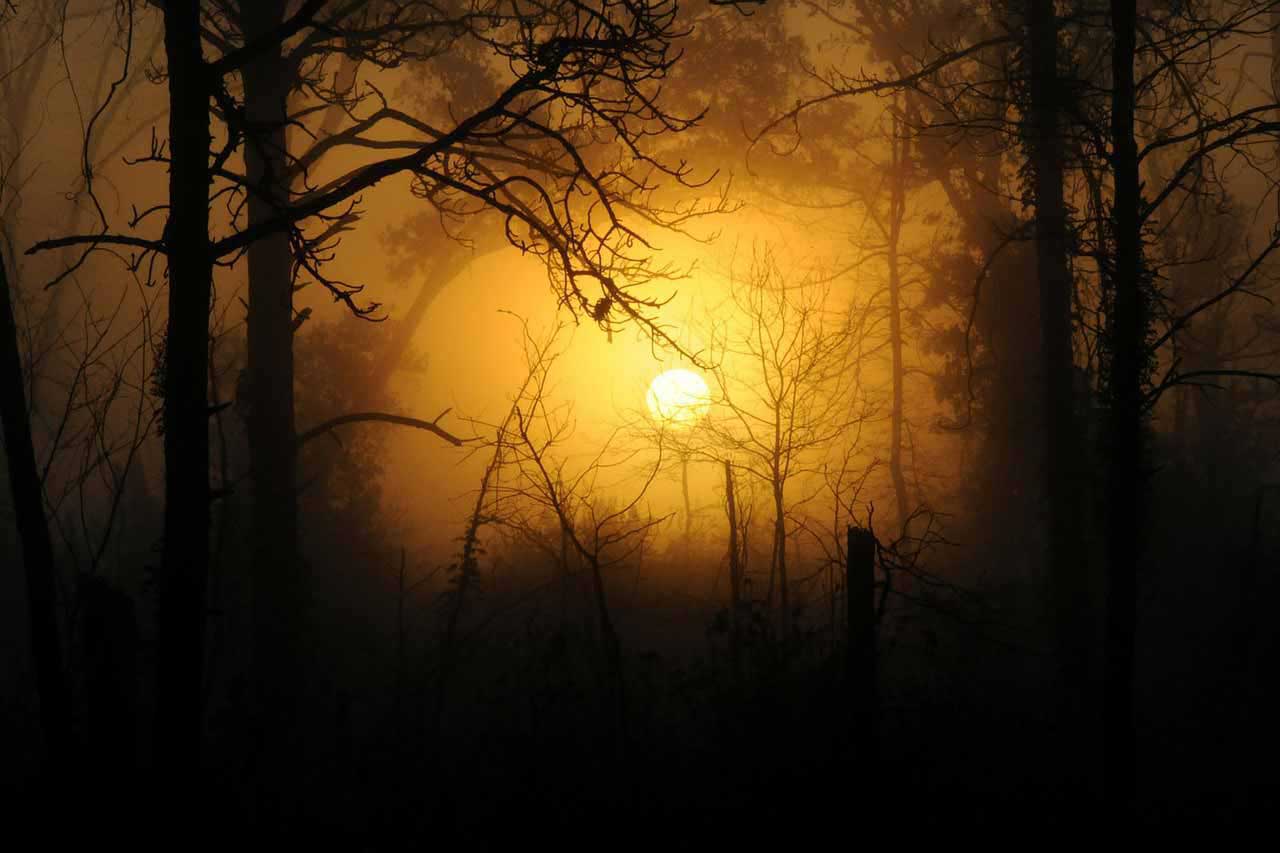
Autumn photography: 06 Shoot the sky at night
On those crisp, clear autumn days you’ll find you often get an equally clear night, which means you’ll usually experience a dramatic sunset. These scenes can be quite magical, particularly in the later golden hours when dusk sets and you can capture the first glimmer of stars, possibly even the moon.
Wait for the sun to just dip below the horizon, and you’ll capture the rich, saturated last gasps of daylight. These ethereal nighttime subjects when combined with the colours of the setting sun and autumnal foreground details can make for simply stunning images.
That said, an image like this requires some care. To capture it well you’ll need to use a wide-angle lens, or at least compose at the wider end of your zoom lens – ideally about 18mm or 28mm.
You’ll then want to use a small aperture – about f/11 should do it – and if you do this using your Aperture Priority mode, your camera will set an appropriate shutter speed.
Using a smaller aperture will help you capture a wider depth of field, but you will be working with slower shutter speeds so it’s essential that you use a tripod to help keep camera shake at bay.

Autumn photography: 07 Make the most of the background
Remember your background! It’s one of the things many photographers often forget about when composing an image, but particularly with autumn photography it’s so important.
Because your autumn images will likely be all about capturing that colour, you’ll want to move your camera around a scene so that your composition includes more complementary colours.
We like to do this when we have a great subject but the background is too distracting for whatever reason. Rather than give up on the shot entirely, try moving around, changing your angle.
To help make your backgrounds less distracting, use a larger aperture – about f/2.8 or f/3.5 should do it – or a longer focal length (or both!).
What this does is blow your background out of focus, smoothing over any distracting shapes and patterns, leaving you with a nice wall of simple colour that will make your subject stand out.
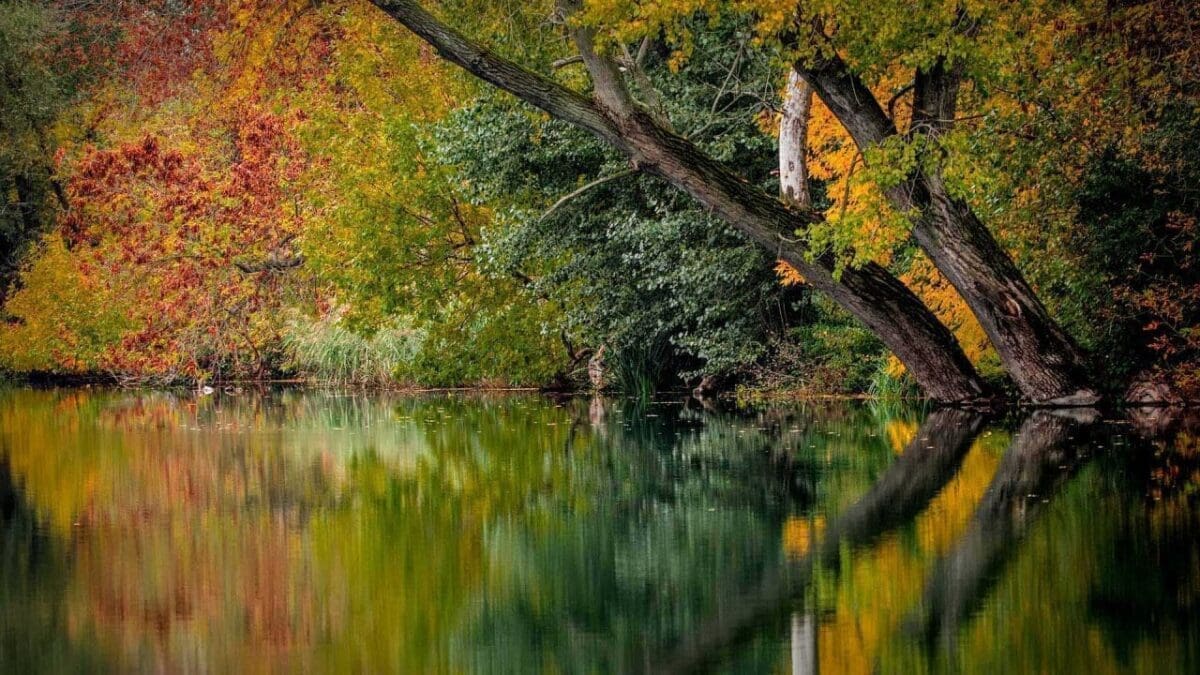
Autumn photography: 08 Reflections
If you have access to a body of water, such as a pond or lake, framing to include a reflection is a great way of adding more colour to your compositions. Keep in mind, the conditions have to be just right.
If there is a strong wind rippling the surface of the water, this technique won’t be as effective. However, if the conditions are calm you can add instant impact to your images by including a reflection.
Note that lakes and ponds are usually at their most still at dawn and dusk. And if you don’t have access to a pond or lake, look for a puddle! If you can get the angle right and there is enough colour around you, a reflection in a puddle is just as effective.
